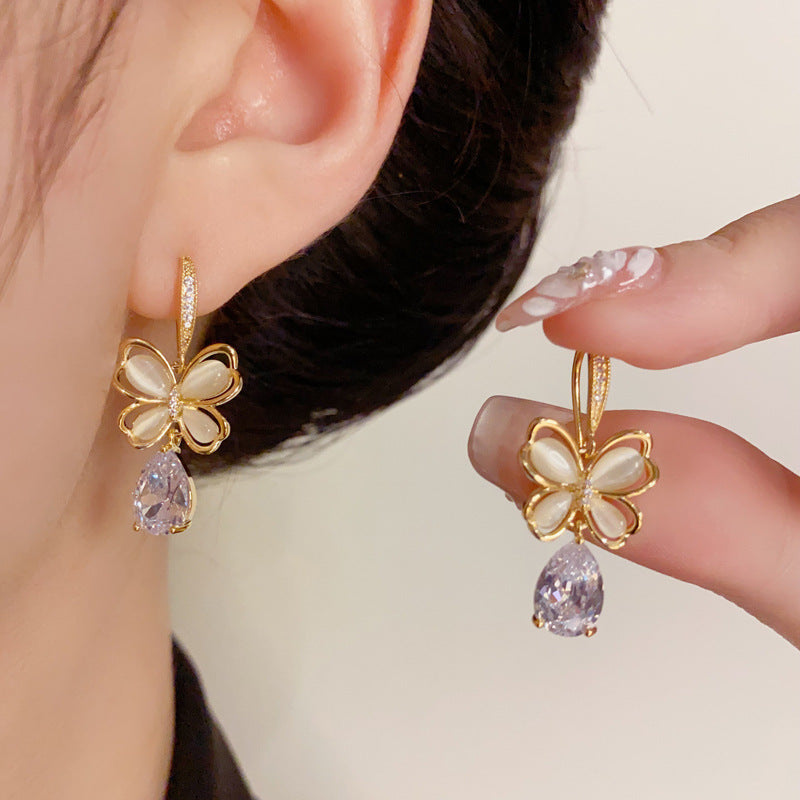Gold-Plated vs. Solid Gold vs. Vermeil: Key Differences and Which to Choose
Table of Contents
- What is Gold-Plated Jewelry?
- What is Gold Vermeil?
- What is Solid Gold?
- Key Differences Between Gold-Plated, Vermeil, and Solid Gold
- Which Gold Type is Right for You?
- Final Thoughts

What is Gold-Plated Jewelry?
Gold-plated jewelry is the most affordable option. It consists of a thin layer of gold applied to a base metal, such as brass or copper. The layer is typically very thin—less than 1% of the total jewelry composition—making it less durable over time.
Gold-plated pieces may start off looking similar to solid gold but are prone to tarnishing, fading, and even causing skin irritation due to the underlying metal. It’s an attractive choice if you’re looking for budget-friendly, stylish jewelry, but it requires careful maintenance to last longer.
What is Gold Vermeil?
Gold vermeil is a step up from gold-plated jewelry. Vermeil uses sterling silver as the base metal, which is coated with a layer of gold. This makes vermeil jewelry a better option for those with skin sensitivities, as it’s made entirely from precious metals. However, like gold-plated jewelry, the gold layer can still wear off over time, revealing the silver beneath.
Vermeil must have a gold layer at least 0.5 microns thick, but it’s still thinner compared to other types of gold jewelry. Vermeil is more durable than gold-plated pieces but won’t match the longevity of solid gold.
What is Solid Gold?
Solid gold jewelry contains no base metals—it’s composed entirely of gold alloy. This makes it the most durable and premium option. Solid gold jewelry doesn’t tarnish or expose another metal beneath, ensuring it maintains its luster over time.
Solid gold pieces come in various karats, such as 14k and 18k, which represent the amount of pure gold mixed with alloy metals like copper or silver. Higher karat gold is softer but more resistant to tarnishing. Solid gold is the best investment for jewelry you plan to wear daily, such as engagement rings or heirloom pieces.
Key Differences Between Gold-Plated, Vermeil, and Solid Gold
- Gold Plated: Thin layer of gold over a base metal, least durable, most affordable.
- Vermeil: Gold layer over sterling silver, better for sensitive skin, mid-range durability.
- Solid Gold: No base metal, highly durable, long-lasting, premium price.
Which Gold Type is Right for You?
Choosing between gold-plated, vermeil, and solid gold depends on your lifestyle and budget. Gold-plated jewelry is perfect for trendy, low-cost pieces, while vermeil offers a good balance of quality and affordability for occasional wear. Solid gold, though more expensive, is ideal for those seeking durability and longevity in their jewelry.
Final Thoughts
Whether you’re buying a statement piece or an everyday ring, understanding the differences between gold-plated, vermeil, and solid gold will ensure you make an informed choice. For pieces you’ll wear frequently, solid gold is the best investment, while vermeil and gold-plated options offer affordable elegance for occasional wear.


